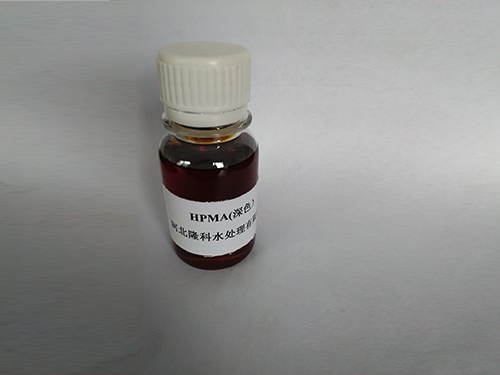Exploring the Properties and Applications of Polyacrylamide in Aqueous Solutions for Various Industries
Understanding Polyacrylamide in Water Applications and Benefits
Polyacrylamide (PAM) is a synthetic polymer with a wide range of applications in various fields, particularly in water treatment, soil stabilization, and oil recovery. Its unique properties make it an essential chemical in several industries, with its effectiveness often hinging on its concentration in water. This article explores the significance of different concentrations of polyacrylamide in water, its applications, and the benefits it brings.
Properties of Polyacrylamide
Polyacrylamide is formed by the polymerization of acrylamide monomers. It is available in various forms, including powder, emulsion, and solution, with varying degrees of ionic character (anionic, cationic, and nonionic). The physical and chemical structure of PAM allows it to absorb a significant amount of water, forming a gel-like substance that has excellent viscosity and flocculation properties. When dissolved in water, polyacrylamide increases the viscosity of the solution, which is critical in its functional applications.
Applications of Polyacrylamide in Water
1. Water Treatment One of the primary uses of polyacrylamide is in water treatment processes. As a flocculating agent, PAM aids in the clarification of water by facilitating the aggregation of suspended particles. This process is essential in municipal water treatment plants, where clarity and cleanliness are paramount. By improving sedimentation rates and reducing the concentration of pollutants, polyacrylamide enhances the efficiency of water treatment systems.
2. Soil Stabilization In agriculture and civil engineering, polyacrylamide is employed as a soil conditioner. When mixed into the soil, it improves water retention, reduces erosion, and stabilizes soil structure. This application is particularly beneficial in arid regions where water scarcity poses a significant challenge. By enhancing soil moisture retention, PAM helps improve crop yields and reduces the necessity for frequent irrigation.
polyacrylamide in water

3. Enhanced Oil Recovery Polyacrylamide is also utilized in the oil industry, particularly in enhanced oil recovery (EOR) techniques. By increasing the viscosity of water injected into oil reservoirs, PAM helps push more crude oil towards extraction wells. This technique boosts overall recovery rates, making oil extraction more efficient and economically viable.
4. Construction and Mining In construction and mining, polyacrylamide serves as a flocculant to separate fine particles from liquids. It aids in dewatering slurries in various processes, thereby improving operational efficiency and reducing waste.
Benefits of Polyacrylamide in Water Solutions
The use of polyacrylamide in water offers numerous benefits. Firstly, its ability to effectively flocculate makes it a powerful agent in improving water quality, reducing the need for additional chemical treatments. Secondly, PAM’s soil stabilization capability promotes sustainable agricultural practices by enhancing soil health. Additionally, its role in enhanced oil recovery not only improves extraction efficiency but also minimizes environmental impacts by reducing the number of wells required.
Moreover, polyacrylamide is non-toxic and biodegradable, making it an environmentally friendly option in water treatment and agricultural practices. Its versatility allows it to be tailored to meet specific needs in various concentrations, ensuring optimal effectiveness depending on the application.
Conclusion
In summary, polyacrylamide in water stands out as a vital polymer with multiple applications across different industries. Its properties facilitate significant advancements in water treatment, agricultural practices, oil recovery, and more. The trend towards sustainable and efficient materials underscores the importance of polyacrylamide, which offers both efficacy and environmental compatibility. As research continues and new applications are discovered, the role of polyacrylamide in modern industry and environmental management is likely to expand even further, confirming its status as an indispensable tool for promoting efficiency and sustainability.
-
Water Treatment with Flocculant Water TreatmentNewsJun.12,2025
-
Polymaleic AnhydrideNewsJun.12,2025
-
Polyaspartic AcidNewsJun.12,2025
-
Enhance Industrial Processes with IsothiazolinonesNewsJun.12,2025
-
Enhance Industrial Processes with PBTCA SolutionsNewsJun.12,2025
-
Dodecyldimethylbenzylammonium Chloride SolutionsNewsJun.12,2025





